Recent, Happening Now
December 22, 2025
WEST COAST AND CALIFORNIA LOGISTICS BLOG
Subscribe to instant updates library group background effect move style move subtract object pencil fill invite.
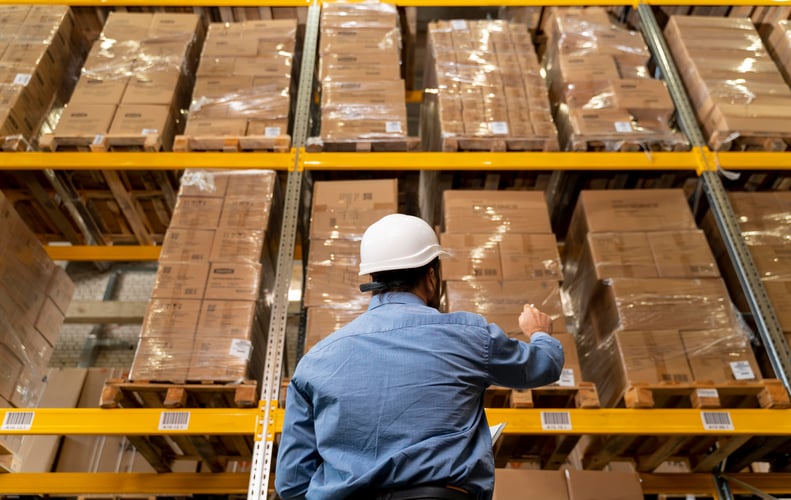
FILTER BY TOPIC
Recent Blog Posts
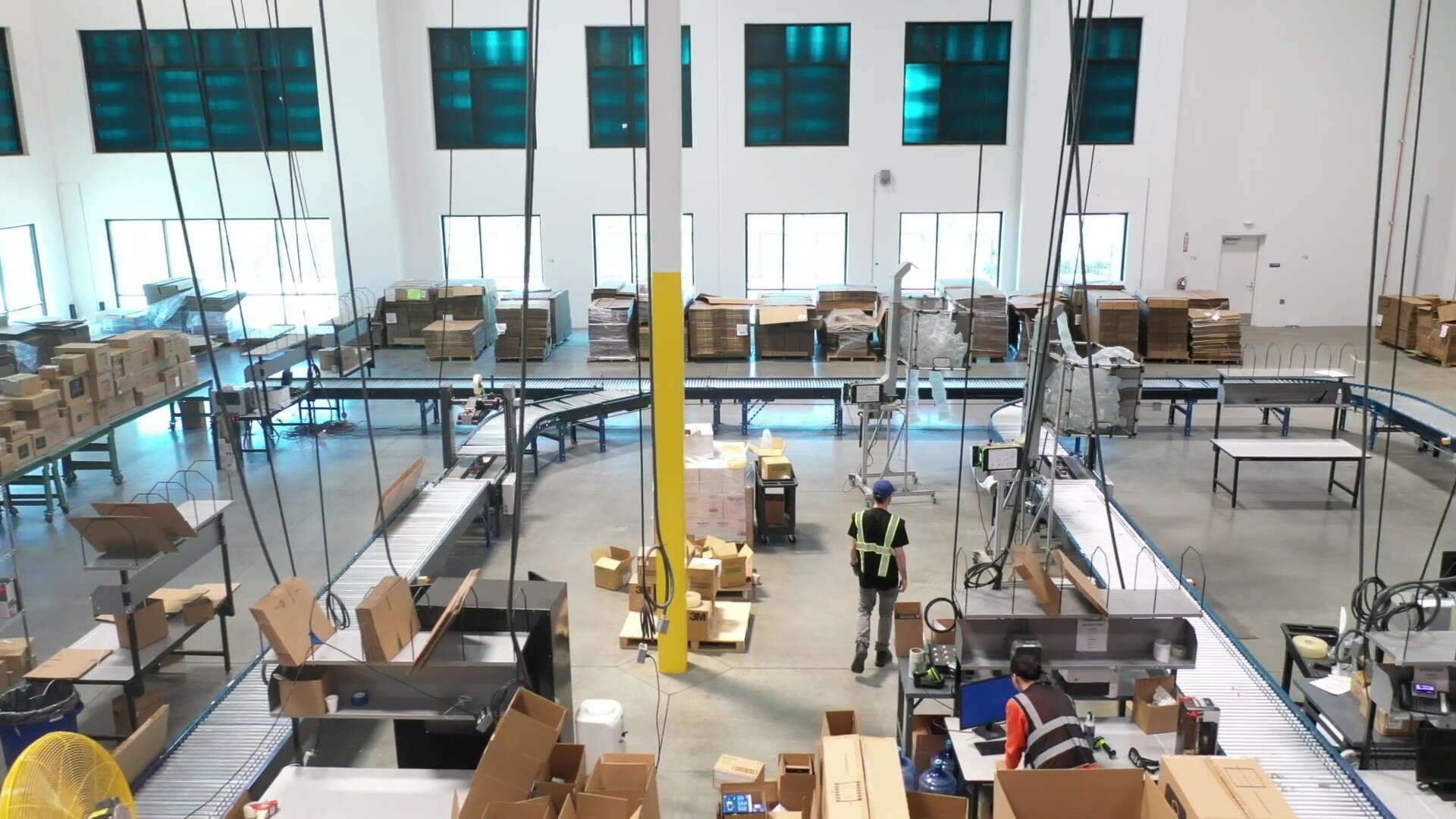
Recent, Happening Now
November 21, 2025
Why You’re Better Off Leaving Automation to a 3PL
In today's logistics landscape, warehouse automation is no longer a futuristic luxury — it's a necessity. But as companies face rising consumer expectations, tighter margins, and labor shortages, the...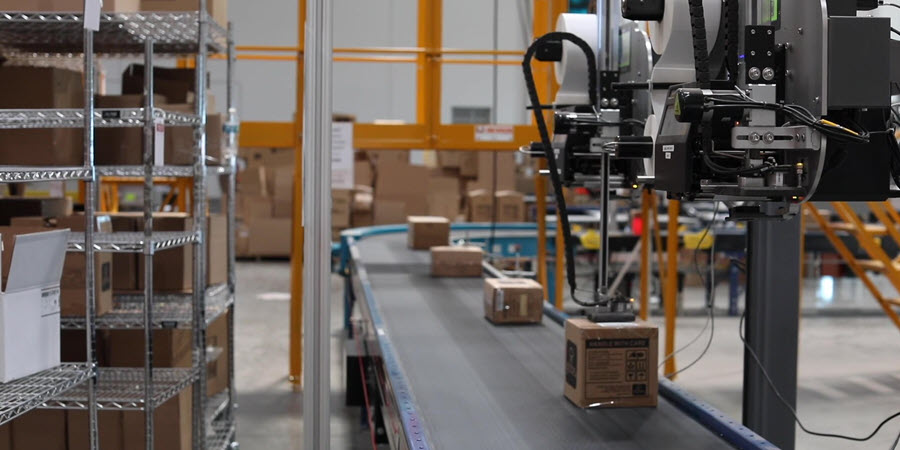
Recent, Happening Now
October 23, 2025
Rethinking Omnichannel Fulfillment: How a National 3PL Can Streamline Your Supply Chain
Retailers and eCommerce brands are under more pressure than ever to fulfill orders quickly, accurately, and across multiple channels. Whether shipping to a consumer’s doorstep, a retail store, or a...
Recent, Happening Now
October 15, 2025
Why the NY/NJ Region Remains a Top U.S. Logistics Gateway
With Weber Logistics’ recent national expansion, Weber now offers logistics services in the New York / New Jersey region – one of the densest, most infrastructure-rich corridors in the United States....All Blog Posts
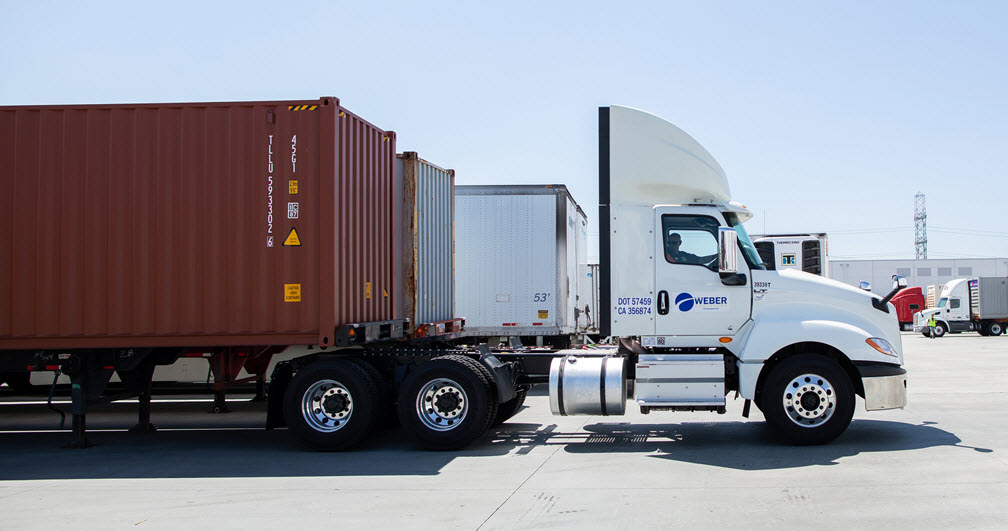
Southern California Ports
October 18, 2018
How to Reduce Your Chassis Rental Fee
When considering all the costs involved in getting your containerized goods from port to market, it’s easy to think of all the “big” things that drive up your spend. These big-ticket items include...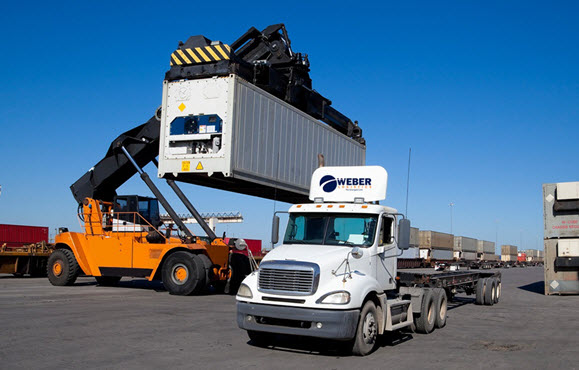
Port Logistics
July 26, 2018
Container Drayage Companies: Securing Capacity Despite the Driver Shortage
As container volumes at West Coast ports continue to increase year after year, it’s becoming more difficult to move those containers inland. The problem? Container drayage companies simply don’t have...
West Coast Distribution
April 12, 2018
Product Distribution: Shrink Order-to-Delivery Cycle Time with Transloading and Deconsolidation
Transloading is by no means a new method of product distribution, but the rationale for implementing it has changed over the years. In the past, transload operations were primarily a cost-savings...
Confectionery Logistics
February 15, 2018
3 Candy Transportation Habits You May Need to Break
When it comes to eating too much candy, some people find it a hard habit to break. And, when it comes to candy transportation, many confectionery shippers have a few bad habits of their own. The...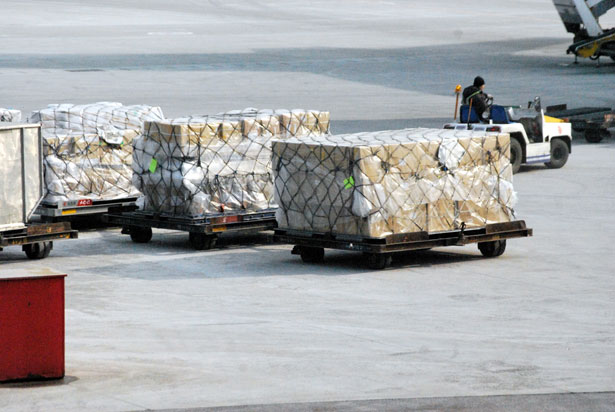
West Coast Distribution
January 11, 2018
Air Freight Shipping: When Does It Make Sense?
Air freight shipping. In the eCommerce world, it’s a major component of everyday business. For freight shippers outside of eCommerce, however, it’s far less common than truck, rail, and ocean...
Refrigerated Transport: Multi-Temperature Safety Considerations
“Can you transport products with different temperatures together and do it safely?”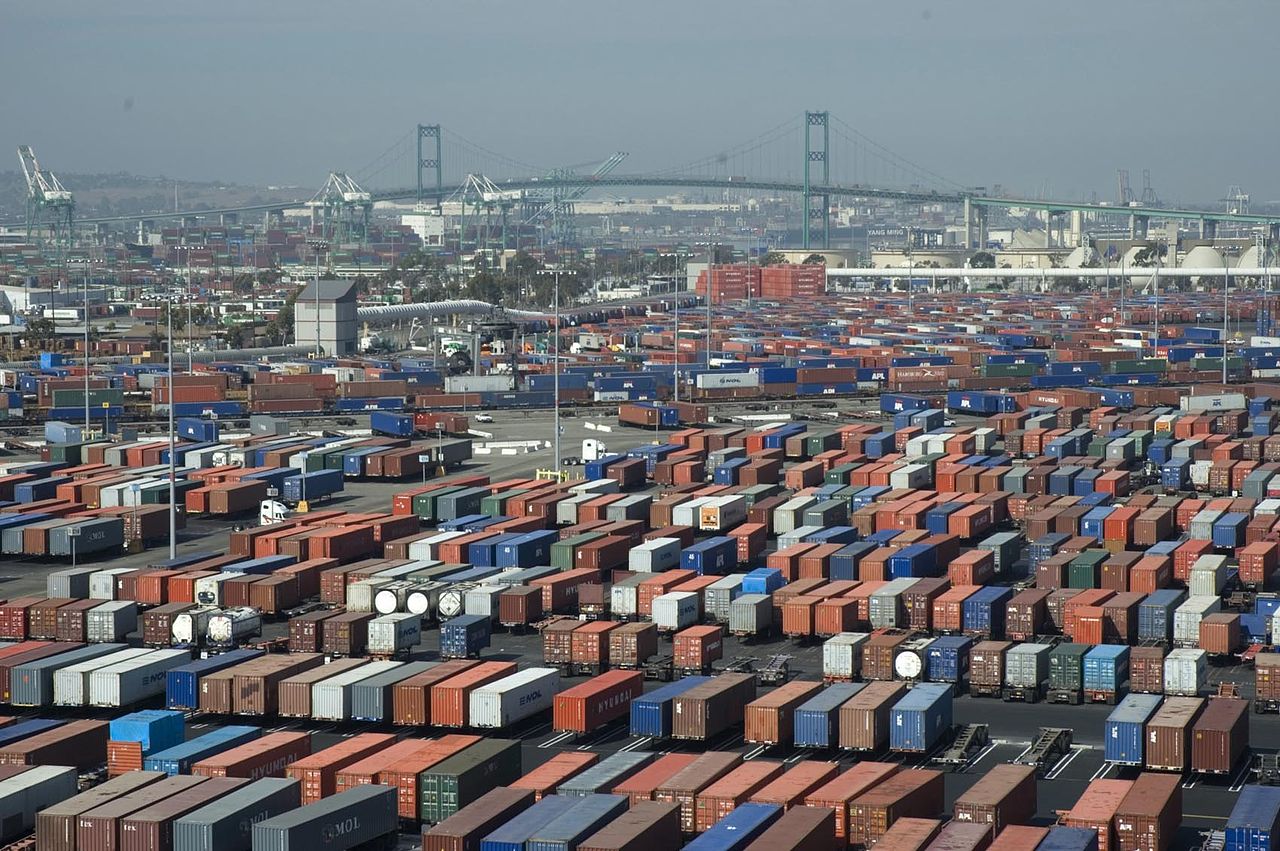
Southern California Ports
September 20, 2017
Importing Into LA: 5 Cost-Saving Tips for Shippers
The Ports of Los Angeles and Long Beach are the busiest ports in the U.S., handling over $450 billion worth of goods each year. This kind of volume leads to congestion that can really slow down your...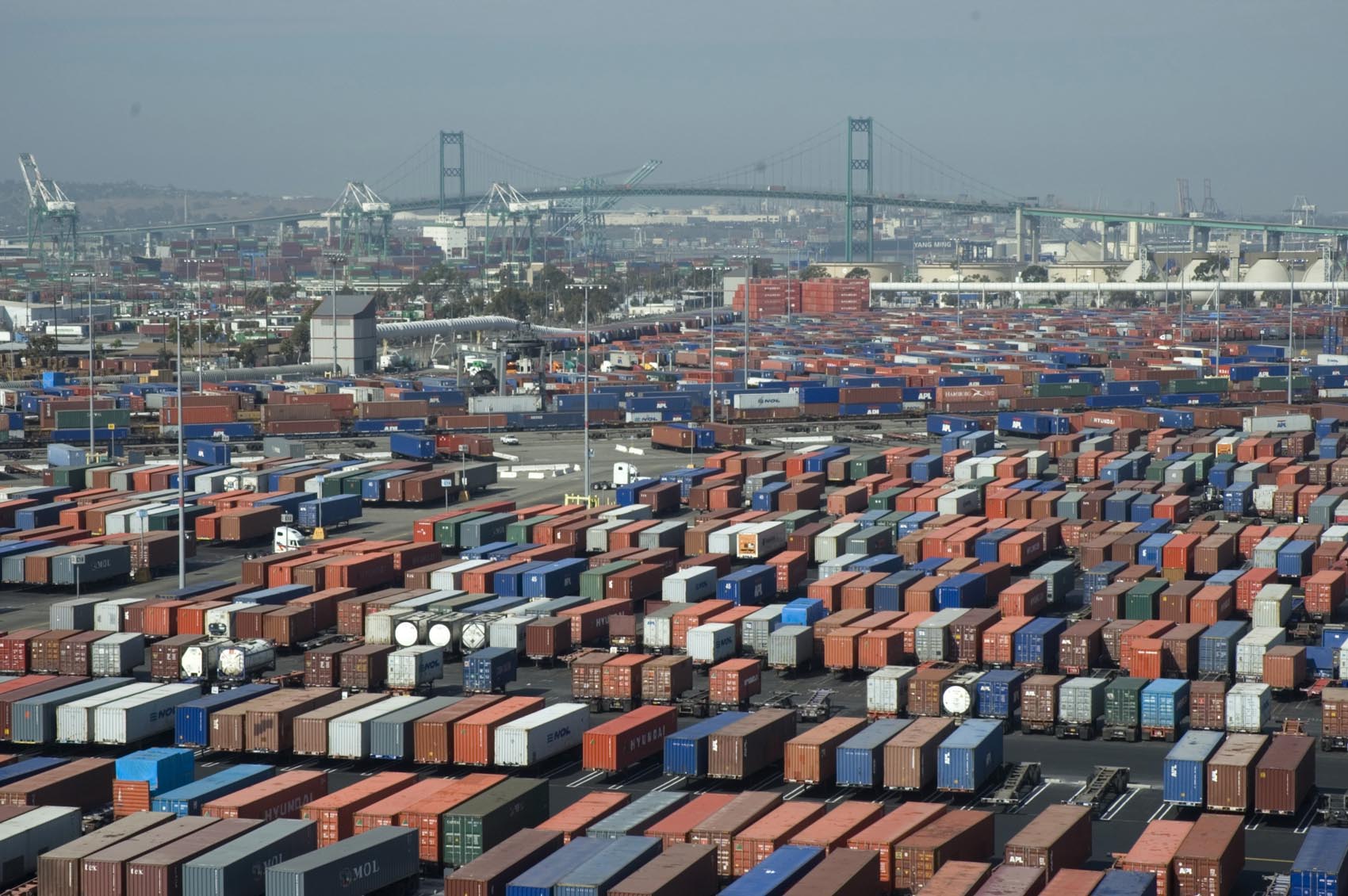
Port Logistics
July 12, 2017
How to Reduce Port Fees in Southern California
For large-volume importers, drayage costs and port fees can eat up a good chunk of the transportation budget. So it pays to dig in and understand where the money is being spent and whether smarter,...Subscribe to Instant Updates
Component variant main layer object list link mask create follower main vertical image blur comment bold variant opacity plugin italic.


 Capital Management
Capital Management